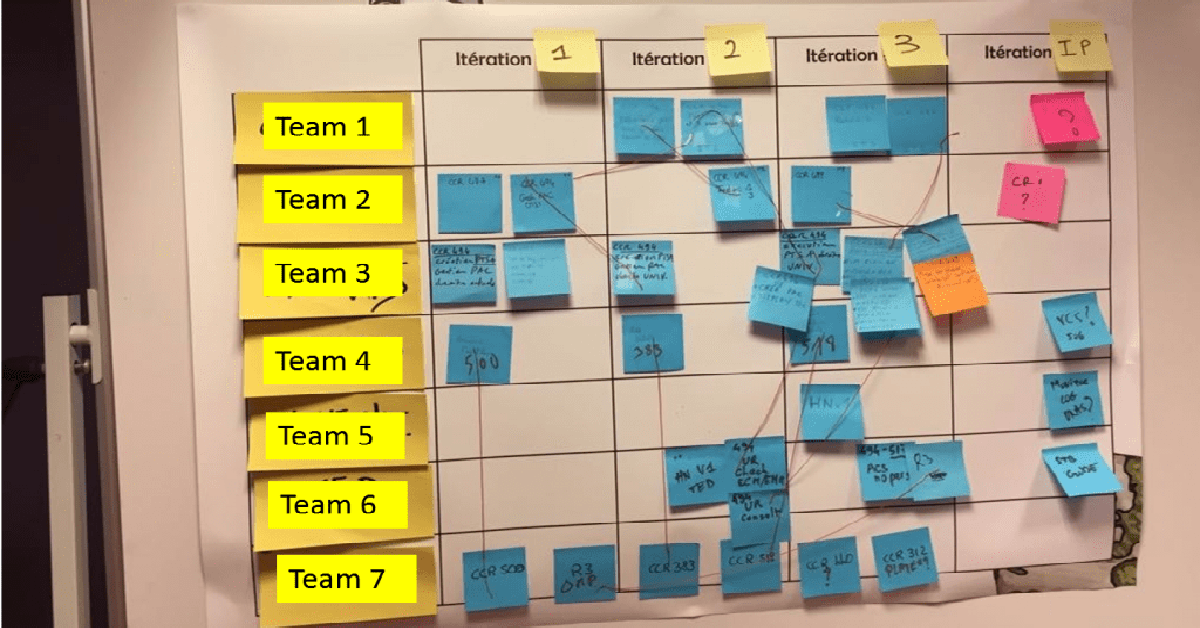
Keeping The PI Planning Momentum
In his book, “Confessions of a Public Speaker,” Scott Berkun tells us that when speaking, once the lights go out, you have everyone’s attention. Then you need to fight to avoid attrition.
In a similar fashion, at the end of the SAFe PI Planning event you have the entire organization’s attention (read more about it in a small post I published some time ago called “PI Planning Magic!”), and as time passes you start losing it.
The question is how do you keep this attention and energy, climaxed at the final confidence vote where everyone raises their hands to indicate their belief in the plan, throughout the Program Increment (PI).








